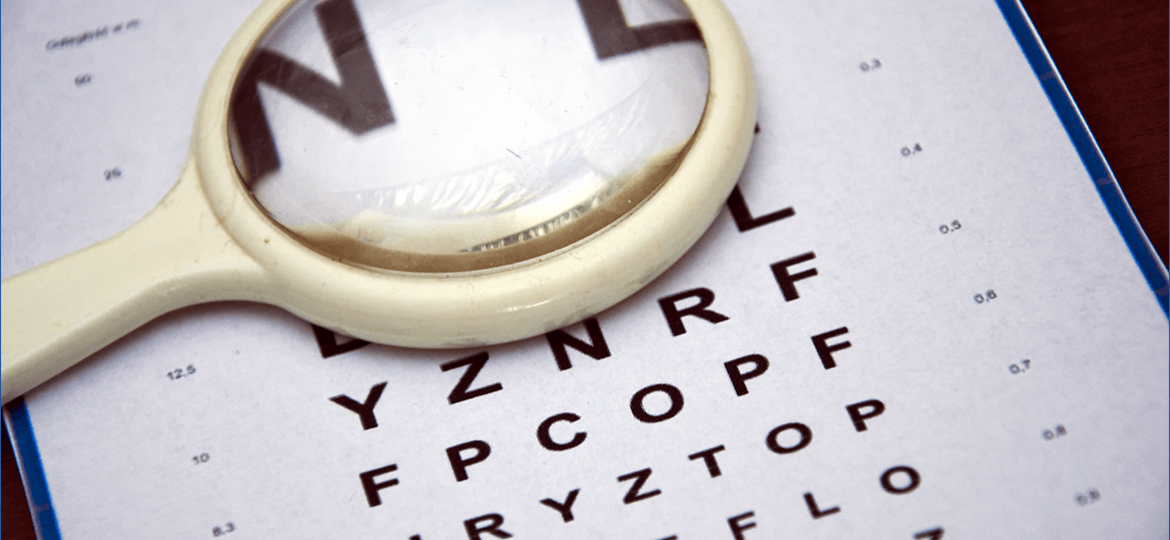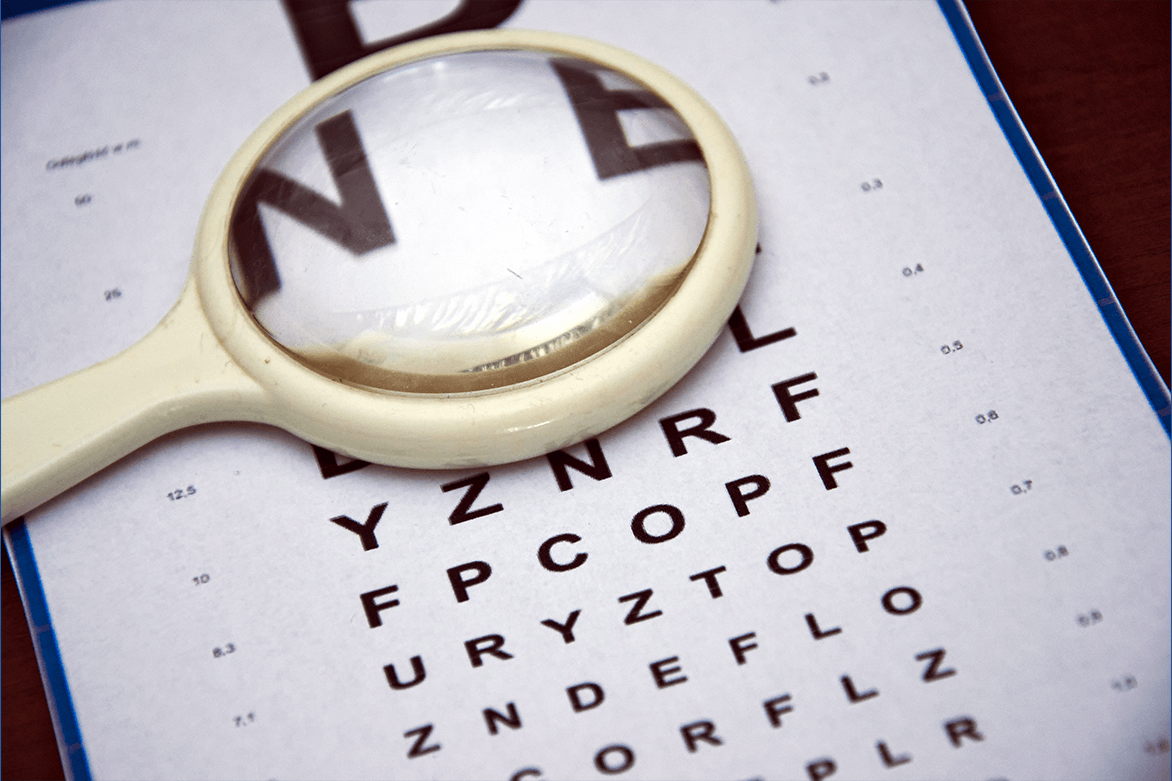
Symptoms of Weak Eyesight

Weak eyesight, also known as visual impairment or vision loss, refers to a condition in which a person experiences difficulty in seeing clearly. It can affect individuals of all ages and can have a significant impact on their daily lives. Recognizing the signs and symptoms of weak eyesight is crucial in order to seek appropriate treatment and prevent further deterioration of vision.
In this article, we will explore the common signs and symptoms of weak eyesight, discuss the causes of weak eyesight and risk factors associated with this condition, and provide information on prevention and eye weakness treatment options.
Causes of Weak Eyesight
There are various factors that can contribute to weak eyesight. Some of the common cause of eyesight weakness include:
- Refractive errors: This occurs when the shape of the eye prevents light from focusing directly on the retina, leading to blurred vision. Conditions such as nearsightedness, farsightedness, and astigmatism fall under this category.
- Age-related macular degeneration: This is a progressive disease that affects the central part of the retina, leading to a loss of central vision.
- Cataracts: This refers to the clouding of the lens of the eye, resulting in blurry vision.
- Glaucoma: This condition damages the optic nerve, which is responsible for transmitting visual information from the eye to the brain.
- Diabetes: Uncontrolled blood sugar levels can cause damage to the blood vessels in the eyes, leading to vision problems.
- Eye injuries or trauma: Physical injuries to the eye can result in weak eyesight.
It is important to consult an eye care professional to determine the underlying cause of eyesight weakness and receive appropriate treatment.
Common Symptoms of Weak Eyesight
Recognizing the symptoms of weak eyesight can help individuals seek timely treatment. Here are some common signs of weak eyesight to watch out for:
– Blurred vision:
Difficulty in seeing objects clearly, both near and far, can be a frustrating symptom of weak eyesight. Objects may appear fuzzy or out of focus, making everyday tasks such as reading or driving challenging.
– Fluctuating vision:
Vision that changes in clarity throughout the day can be disorienting and disruptive to daily activities. This inconsistency in vision quality can be a sign of underlying eye issues that need attention.
– Headaches:
Persistent headaches, particularly after activities that require visual concentration, can be a result of eye strain. When the eyes work harder to focus due to weak eyesight, it can lead to tension headaches that affect overall comfort and productivity.
– Halos around lights:
Seeing bright circles or rings around light sources can be one of the concerning symptoms of weak eyesight. This visual distortion can impact nighttime visibility and may indicate issues with light sensitivity.
– Loss of central vision:
Difficulty in seeing objects directly in front of you can be a significant symptom of weak eyesight. This can affect tasks like reading or recognizing faces, leading to frustration and decreased quality of life.
– Night blindness:
Difficulty in seeing in low light or at night can be among one of the dangerous symptoms of weak eyesight. Impaired night vision can impact activities like driving at night and navigating dimly lit environments.
– Squinting:
Constantly narrowing the eyes to see clearly is a common coping mechanism for individuals with weak eyesight. While squinting may temporarily improve focus, it is not a sustainable solution and can indicate the need for vision correction.
– Dry eyes:
A sensation of dryness or discomfort in the eyes can also be among the other symptoms of weak eyesight. Poor tear production or inadequate lubrication can lead to dry eyes, causing discomfort and potentially impacting vision quality.
– Glare:
Difficulty in seeing in bright light or when exposed to glare can be a bothersome symptom of weak eyesight. Glare sensitivity can make activities like driving in sunlight or working under harsh lighting challenging.
– Light sensitivity:
Increased sensitivity to light, resulting in discomfort or pain, can be a sign of weak eyesight. Bright lights may cause eye strain and discomfort, affecting daily activities and quality of life.
– Eye pain:
Persistent or recurring pain in or around the eyes is a concerning symptom of weak eyesight. Eye pain should never be ignored, as it can be a sign of underlying eye conditions that require prompt attention.
– Eye redness:
Redness or bloodshot appearance of the eyes can be a visible indicator of weak eyesight. Red eyes may be a sign of eye strain, dryness, or other eye issues that warrant evaluation by an eye care professional.
– Floaters:
Seeing spots or specks floating in your field of vision can be a distracting symptom of weak eyesight. Floaters are common and usually harmless but may occasionally signal more serious eye conditions.
– Eye fatigue:
Tiredness or strain in the eyes, particularly after prolonged visual tasks, can be a symptom of weak eyesight. Eye fatigue can impact productivity and comfort, highlighting the need for proper vision care.
– Burning eyes:
A burning or stinging sensation in the eyes can be a discomforting symptom of weak eyesight. Burning eyes may be a result of dryness, irritation, or other eye issues that require attention.
– Difficulty concentrating:
Trouble focusing or maintaining attention on visual tasks can be a frustrating symptom of weak eyesight. Poor concentration due to vision problems can impact work, school, and daily activities.
– Distorted vision:
Objects appearing distorted or warped can be a concerning symptom of weak eyesight. Distorted vision may indicate issues with the cornea, lens, or retina that require assessment by an eye care professional.
– Flashes:
Seeing flashes of light, even when there is no external source, can be a worrisome symptom of weak eyesight. Flashes may be a sign of retinal detachment or other serious eye conditions that necessitate immediate medical attention.
– Hazy vision:
Blurred or foggy vision can be a frustrating symptom of weak eyesight. Hazy vision can impact clarity and sharpness, making it difficult to see objects with precision.
– Change in iris color:
Noticeable change in the color of the iris can be a rare but one of the significant symptoms of weak eyesight. Changes in iris color may be indicative of underlying eye conditions that require evaluation by an eye care professional.
If you experience any of these symptoms of weak eyesight, it is important to schedule an appointment with an eye care professional for a comprehensive eye examination.
Prevention and Treatment of Weak Eyesight
While some causes of weak eyesight cannot be prevented, there are steps individuals can take to maintain good eye health and reduce the risk of vision problems:
- Regular eye examinations: Schedule regular comprehensive eye exams to detect any potential issues early on.
- Healthy lifestyle: Adopt a healthy lifestyle that includes a balanced diet, regular exercise, and adequate sleep.
- Eye protection: Wear protective eyewear, such as goggles or sunglasses, to shield the eyes from harmful UV radiation and injury.
Read about the Daily struggles of people wearing Glasses
- Limit screen time: Take regular breaks when using digital devices for extended periods to reduce digital eye strain.
- Quit smoking: Smoking can have detrimental effects on eye health, so quitting smoking is beneficial.
- Manage chronic conditions: Properly manage chronic conditions like diabetes and hypertension to minimize their impact on eye health.
- Follow safety guidelines: When engaging in activities that pose a risk of eye injury, follow safety guidelines and use appropriate protective gear.
Also, read about eye care tips by experts
What Does It Mean to Have Weak Eyesight?
Having weak eyesight means experiencing difficulties in seeing clearly. It can range from mild to severe and can have a significant impact on daily activities. Weak eyesight can affect tasks such as reading, driving, recognizing faces, and performing detailed work. The severity of weak eyesight can vary from person to person, and it is important to seek appropriate eye weakness treatment to manage the condition effectively.
If you suspect that you have weak eyesight or are experiencing any vision problems, do not hesitate to consult an eye care professional. Early detection and intervention can help preserve and improve vision.
Here are some amazing Eye Care Tips for Optimal Vision!
Take Away
In conclusion, recognizing the signs and symptoms of weak eyesight is crucial for maintaining good eye health and addressing potential issues early on. From frequent headaches and blurred vision to eye fatigue and difficulty focusing, our eyes often communicate when they need attention. Regular eye examinations, adopting healthy eye care habits, and seeking professional advice can contribute significantly to preserving and improving eyesight. Remember, our eyes play a vital role in our daily lives, and by being attentive to these indicators, we empower ourselves to take proactive steps towards optimal eye health and overall well-being.
FAQs
Are there age-related signs of weakening eyesight?
Yes, age-related signs of weak eyesight include difficulty focusing on close objects (presbyopia), reduced ability to see in low light, and increased sensitivity to glare.
Can weak eyesight be hereditary?
Yes, weak eyesight can be hereditary. Genetics can play a significant role in determining the likelihood of developing certain eye conditions, such as nearsightedness or farsightedness.
Is double vision a sign of weak eyesight?
Yes, double vision can be a sign of weak eyesight and may indicate underlying issues such as astigmatism or problems with eye alignment.
Also, read about How to Correct Astigmatism.
Can weak eyesight be corrected with glasses or contact lenses?
Yes, in many cases, weak eyesight can be corrected with glasses or contact lenses. These corrective lenses help to refocus light onto the retina, improving vision for individuals with nearsightedness, farsightedness, or astigmatism.
Are there lifestyle changes to help prevent weak eyesight?
Yes, adopting a healthy lifestyle like regular eye examinations, maintaining a balanced diet rich in eye-friendly nutrients, protecting eyes from UV rays, practicing the 20-20-20 rule, and avoiding excessive screen time can improve eyesight.
What are symptoms of poor vision?
Some of the common symptoms of the weak eyesight are, Blurred vision, Fluctuating vision, Headaches, Loss of central vision:, Night blindness, Squinting, Dry eyes, Glare, Light sensitivity, Eye pain.
